Saint Andrews Day falls on 30th November each year. This special day is marked in Scotland by many traditional events celebrating all things Scottish, such as dancing, playing the bagpipes and eating traditional Scottish foods, such as haggis.
St Andrews Day is a voluntary public holiday in Scotland. It is always fun to mark national events in the EFL classroom, so we are using St Andrews Day as a spring board to look at the Scotland’s flag, its national emblem, the Scottish accent and various legends and traditions associated with Scotland.
The Patron Saint of Scotland
The patron saint of Scotland is St Andrew, the first disciple of Christ. Saint Andrew is also the patron saint of Greece and Russia. Andrew was the brother of Simon Peter (Saint Peter) and a fisherman by trade.
The Thistle
The thistle is the national emblem of Scotland. The legend behind this famous symbol is that a group of Vikings tried to sneak up on a group of Scots sleeping in a field. One of the Vikings accidentally trod on a thistle and called out in surprise and pain. This woke the Scots up who then fought off the Viking attackers.
The Saltire – Scotland’s National Flag
The national flag of Scotland is the white saltire cross on a blue background. It is thought that this flag originated from a battle between the ‘Picts and Scots’ and the ‘Angles of Northumbria’ around the time of the 8th century.
The story is that King Angus, leader of the Picts and Scots, prayed to God and Saint Andrew appeared promising him victory against the Angles.
During the battle, a vision of the white saltire appeared in the blue sky. The Picts and Scots won the battle and the legend has that the strength of the saltire helped them to victory.
The Scottish flag is called the Saltire and dates back to around 12 century, making it one of the oldest national flags of any country. Look out for the Saltire flying from buildings, houses and in windows on St Andrew’s Day!
Scottish Standard English and the Scottish Accent
Scottish Standard English not only has distinct pronunciation, grammar and expressions, also has its own distinctive vocabulary. Scottish English results from contact between Scots and the English of England after the 17th century.
Scottish is a rhotic accent, which means the letter ‘r’ can be heard in all the places it appears in spelling.
English accents usually omit pronouncing the ‘r’ at the end of many words, for example ‘water’, and the ‘r’ in the middle of some words, for example ‘park’. With its strong ‘r’, Scottish is similar to North American accents, which also sound the final ‘r’.
The Political History of Scotland
Scotland is the most northern country in the UK, covering the north third of the British Isles. Scotland was an independent sovereign until the 1707 twin Acts of Union by the Scottish and English parliaments were passed to create the Kingdom of Great Britain.
Today, the Scottish National Party supports Scottish independence. However, an independence referendum held on 18 September 2014 rejected independence by a majority of 55% to 45%. This is still a hotly debated topic.
The Loch Ness Monster
Scotland is famous for its majestic lakes or ‘lochs’, including Loch Ness, Loch Lomand and Loch Awe. There are over 600 square miles of lochs in Scotland with Loch Ness perhaps the most famous for legend of the Loch Ness Monster which is said to inhabit its depths.
The first ‘sighting’ of the large sea creature was in 565 A.D. but it wasn’t until the 1930s when a road was built that travelled alongside the large lake that sightings became more common. The Loch Ness Monster is often called ‘Nessie’ for short.
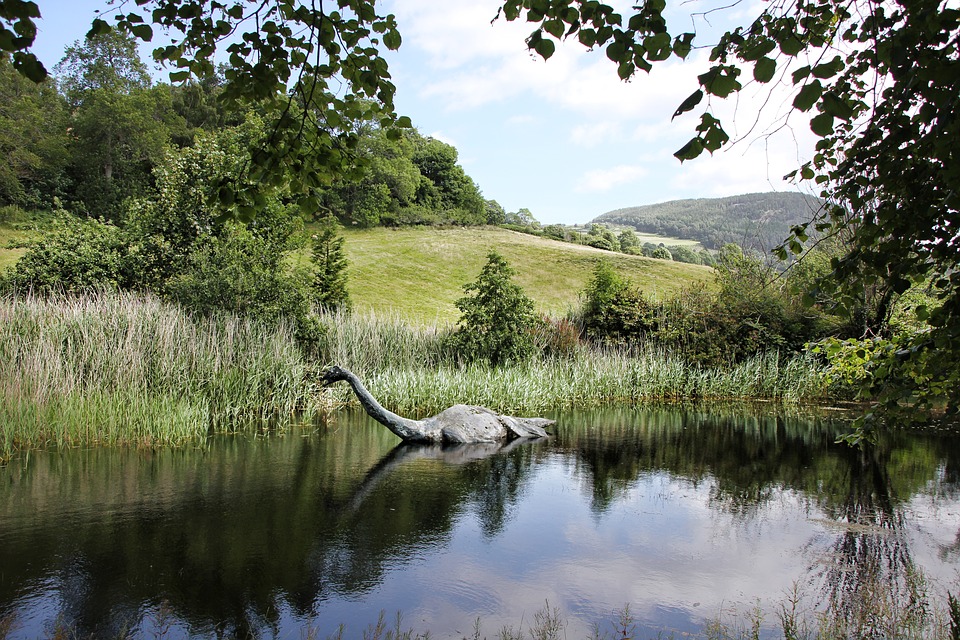
There have been many ‘sightings’ of the Loch Ness Monster – image source
Clans and Kilts
Scotland is also famous for its clans. Clans are kinship groups. The word ‘clan’ is derived from the Gaelic word ‘clanna’, meaning ‘children‘ and clan membership goes through the surname.Traditionally, clans designate an identity and an area of land, while clans also have their own coat of arms and specific tartan.
The system of clanship was destroyed after the Jacobite rising of 1745. However, there has been a revival of interest in clan ancestry, which has led to the production of maps covering the whole of Scotland, giving clan names and territories.
The tartan of a clan was often incorporated into a family’s kilts. Kilts are skirt-type garments traditionally worn by Scottish men. Originating in the 16th century, they have since become associated with the general culture of Scotland.
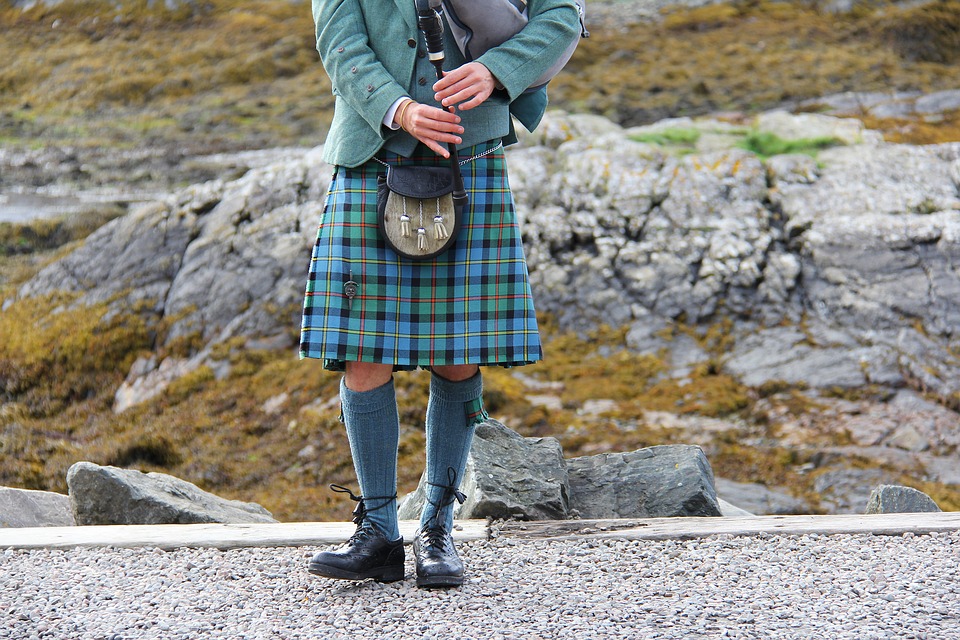
A bagpiper wears a striking blue tartan kilt – image source
Robert Burns
‘Rabbie’ Burns is widely regarded as the national poet of Scotland, famous for his distinctive style and humour.
Popular works by this popular poet include the epic story of Tam O’ Shanter and the world famous Auld Lang Syne, which is traditionally sung on New Year’s Eve (known as ‘Hogmanay’ in Scotland) at midnight.
The Edinburgh Fringe Festival
One of the most famous modern day events in Scotland is the Edinburgh Fringe Festival. This is the largest arts festival in the world and takes place every August for three weeks in Edinburgh, which is Scotland’s capital city.
Thousands of people head to the Fringe each year to see performances of theatre, comedy, dance, music, along with many exciting exhibitions and events.
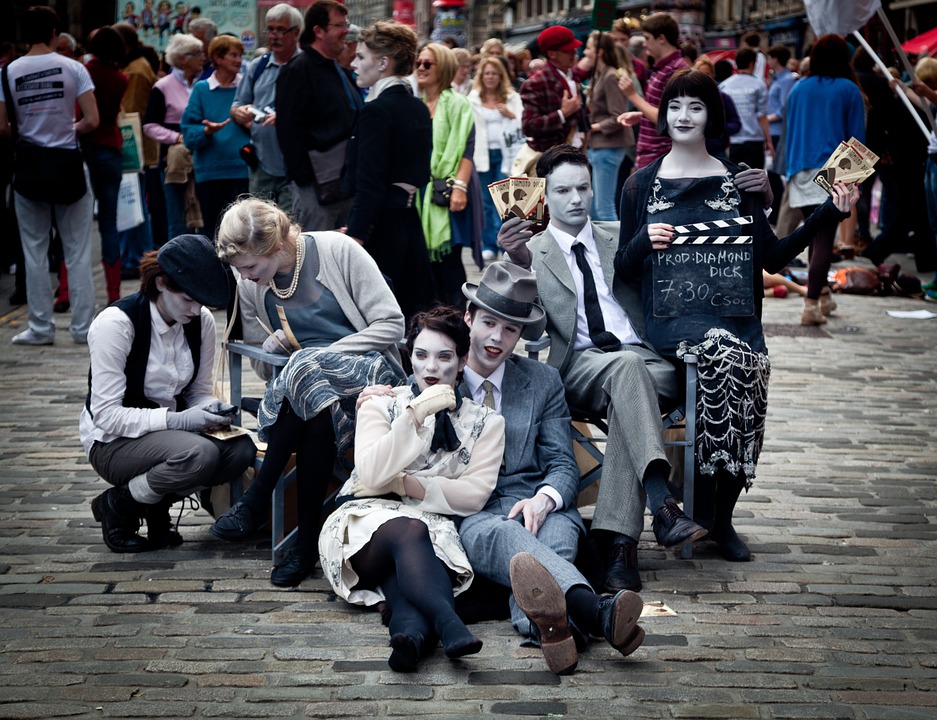
2. Street Performers at the Edinburgh Fringe Festival – image source
St Andrews Day in the EFL Classroom
Incorporating St Andrew’s Day into the EFL classroom can be as simple as discussing Scottish culture and the various traditions associated with Scotland, including clans and kilts, sports, music and entertainment.
Scotland is so full of rich history that an EFL lesson based on Scotland will always be fascinating.
An EFL lesson could explore the legend of the Loch Ness Monster or discuss the famous cities and landmarks.
Let students complete a gap-fill exercise after you have presented the vocabulary and ideas. Or for more advanced students, have conversations in groups to discuss different facets of Scottish culture.
Share your thoughts on St Andrew’s Day
Have you ever visited Scotland? What are your favourite Scottish landmarks and cities?
Do you believe in the Loch Ness Monster?
Have you ever tried haggis?
Who is the patron saint of your own native country?
Scottish readers – do you know your family’s clan? How do you celebrate St Andrew’s Day?
We’d love to hear your thoughts in the comments box.
Attributions
- Scottish bagpiper via Maxpixel.net [CC0 1.0 Public Domain]
- Street Performers – Edinburgh Fringe Actors via Maxpixel.net [CC0 1.0 Public Domain]

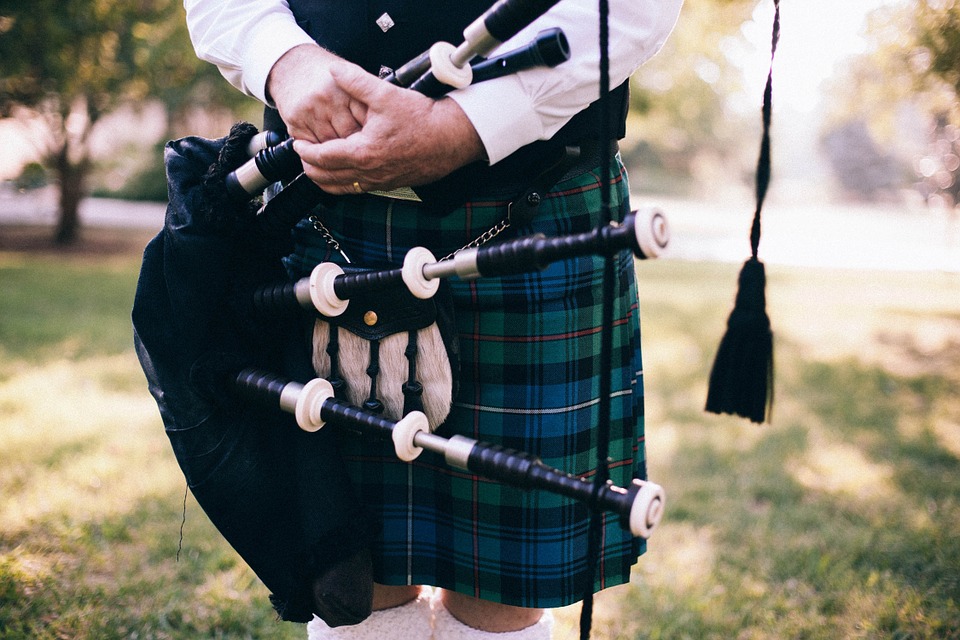
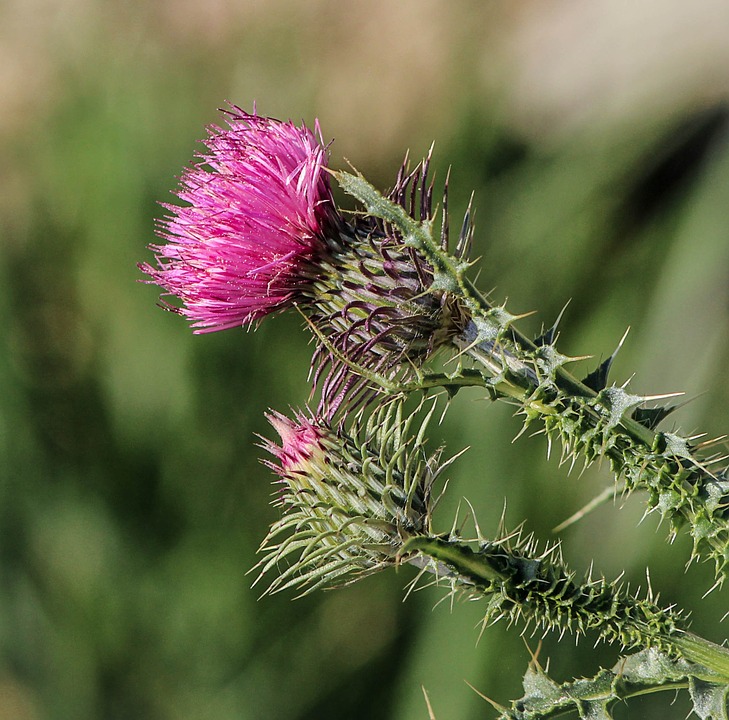
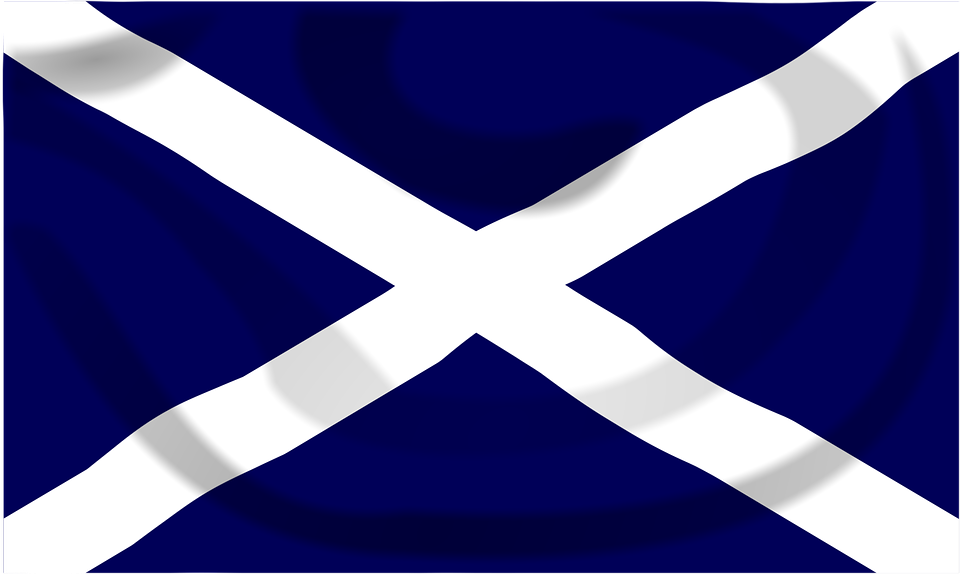
I love the sound of the bagpipes!